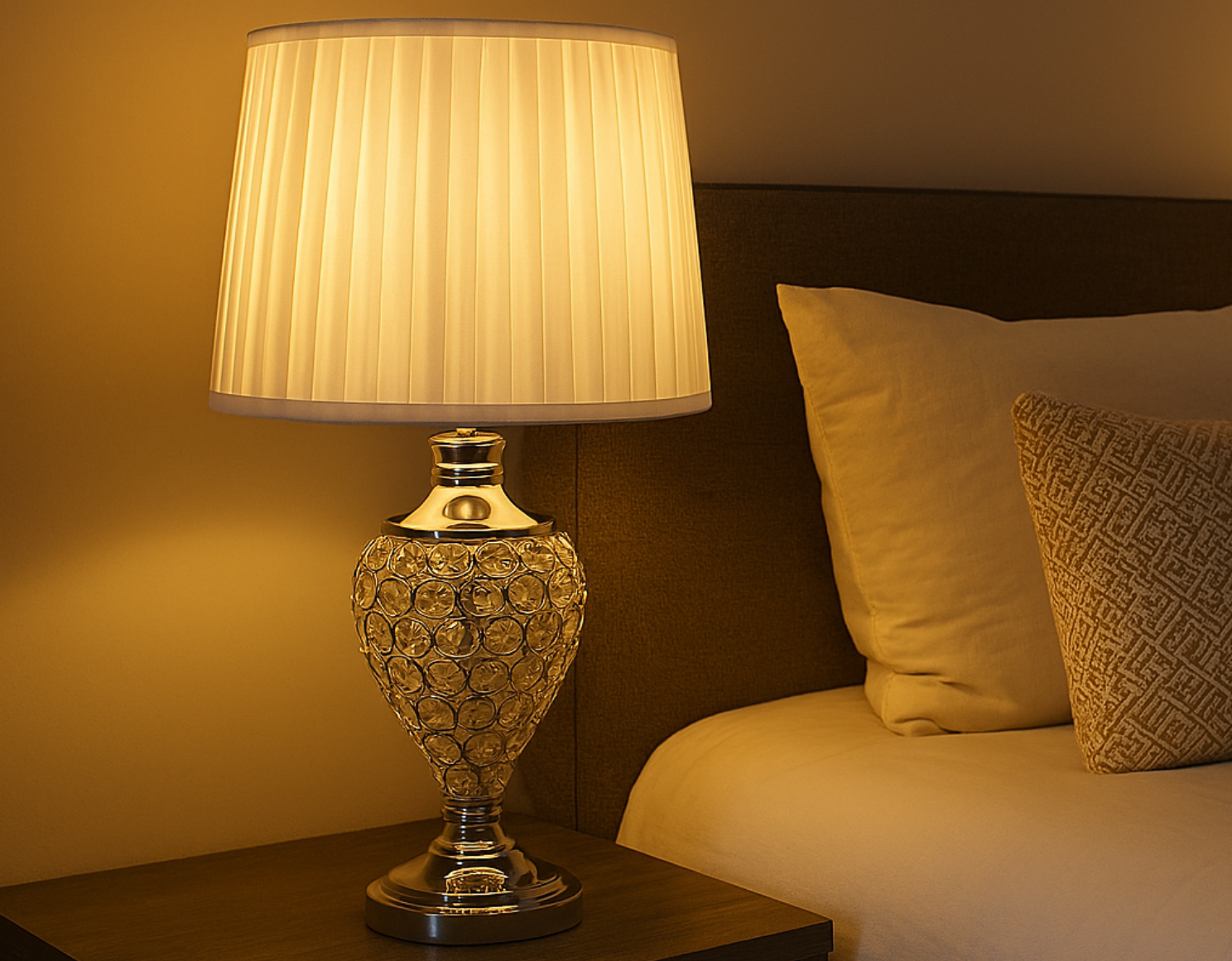The Art of Layered Lighting: Why One Light Is Never Enough
2nd April 2025
Lighting is one of the most powerful tools in home design. It shapes the ambience, enhances functionality, and highlights architectural features. Yet, many homeowners make the mistake of relying on a single light source. The truth is, effective home lighting requires a layered approach—one that combines different types of lighting to create a warm, inviting, and practical space.
The Three Layers of Lighting
A well-designed home lighting scheme consists of three primary layers: ambient, task, and accent lighting. Each serves a distinct purpose in creating a balanced and visually appealing environment.
-
Ambient Lighting – This is the general illumination of a room, providing overall brightness and visibility. Ceiling fixtures, recessed lighting, and chandeliers often serve as ambient lighting. However, relying solely on ambient lighting can make a space feel flat and uninspiring.
-
Task Lighting – Task lighting is essential for areas where focused light is needed, such as kitchen counters, reading nooks, or bathroom vanities. Pendant lights, under-cabinet lighting, and desk lamps are all great examples of task lighting that improve functionality and comfort.
-
Accent Lighting – This is where lighting adds depth and personality to a home. Accent lighting highlights artwork, architectural details, or specific areas like bookshelves and fireplaces. Wall sconces, LED strip lights, and spotlights can add drama and sophistication to any space.
The Impact of Layered Lighting on Home Design
A well-executed layered lighting plan can transform the look and feel of a home. Here’s why:
-
Enhances Visual Appeal – Different types of lighting bring out the colours, textures, and décor elements in a room, making them more striking.
-
Creates Mood and Atmosphere – Warm lighting fosters a cosy, relaxing ambience, while bright, cool lighting enhances focus and energy in workspaces.
-
Improves Functionality – Proper lighting in kitchens, bathrooms, and home offices ensures that tasks can be performed efficiently and comfortably.
-
Adds Depth and Dimension – A combination of lighting layers prevents a room from looking flat and one-dimensional, making it more visually dynamic.
Best Practices for Layered Lighting in Homes
To make the most of layered lighting, consider these tips:
-
Use Dimmers – Adjusting light levels throughout the day helps create the perfect ambience for different activities.
-
Mix Colour Temperatures – A blend of warm and cool lighting adds depth and versatility to your home’s design.
-
Highlight Key Features – Use accent lighting to draw attention to artwork, architectural elements, or decorative pieces.
-
Incorporate Smart Lighting – Automated lighting systems allow for effortless control and customisation of brightness and colour settings.
Conclusion
One light source is never enough to create a well-lit and inviting home. By layering ambient, task, and accent lighting, homeowners can craft a space that is both beautiful and functional. Thoughtful lighting design isn’t just about illumination—it’s about enhancing the overall living experience, making a house truly feel like home.

